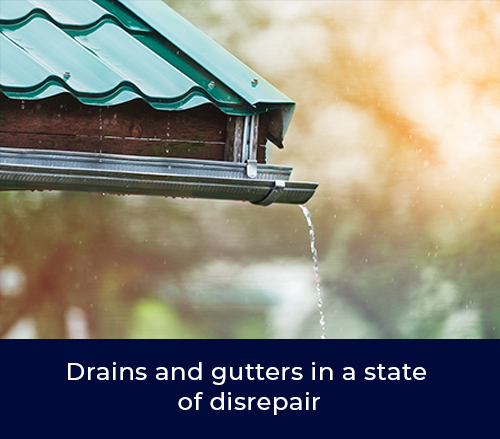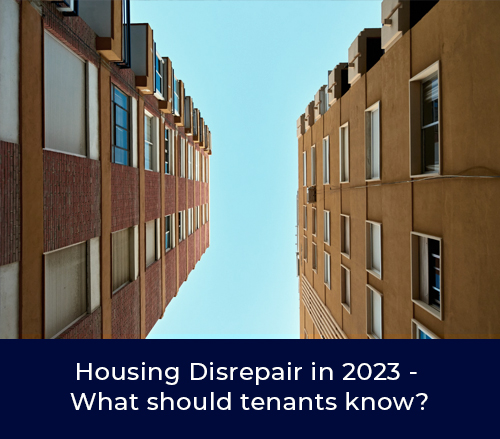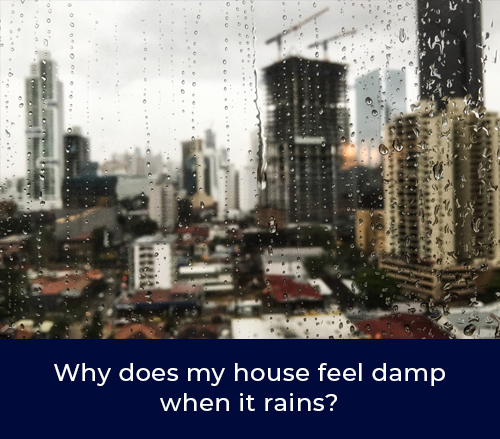What is considered housing disrepair?
Housing disrepair is a common term that suggests a rental property has fallen into a poor state that it is no longer fit for human habitation (Fitness for Human Habitation Act). According to the law, housing associations and councils have the responsibility of addressing such issues. They are expected to rectify any disrepair within a reasonable timeframe. If the landlord fails to do so, tenants have the option to seek assistance from solicitors in order to pursue a housing disrepair claim.
What constitutes a property in disrepair?
A rented property is considered to be in disrepair when it exhibit various of serious issues that make it unsuitable or unsafe for living, and pose risk to health of its tenants. Some common signs of property disrepair include mould, damp, structural issues, faulty plumbing or heating systems, electrical faults, pest infestation, and inadequate security measures. However, minor issues such as a missing door handle, a stained carpet or any issues caused by tenants don’t fall into the same category of disrepair.
The notion extends beyond basic maintenance or cosmetic concerns and encompasses conditions that make the property unsuitable for the tenant.
- In England and Wales, laws are designed to protect tenants from landlords negligence and the potential for substandard housing conditions.
- Landlords have specific repair responsibilities. That includes maintaining the property’s structure, exterior, toilets, heating and hot water systems, gas appliances and ventilation, and electrical wiring.
Deciding the extent of disrepair
Assessing the extent of disrepair in a property involves assessing the severity and scope of the issues. Several factors can contribute to a diagnosis of housing disrepair. These include the presence of mould, damp, asbestos, broken bathroom fittings, damaged windows, doors, roofs, guttering, downpipes, and drains. Also, there can be issues such as interior damage, crumbling brickwork, electrical faults, faulty gas supply, unsafe heating, infestations, hazardous fixtures and fittings, damaged flooring and staircases as well as potential water damage from leaks.
This evaluation helps in understanding the impact it has on the habitability of the premises and safety of its tenants.
Examples of housing disrepair
Let’s say your property suffers from dampness and this leads to mould growth on the walls. Although you may not perceive this as a major issue at first, it unquestionably falls under the category of housing disrepair.
Mould contains tiny spores and has severe health implications, especially for vulnerable individuals like the young and elderly. Left unresolved it can cause respiratory illnesses. When it spreads, mould can damage your personal belongings, including clothing, furniture, and other possessions. In short, a rental property plagued by dampness and mould is certainly unfit for human habitation.
Another example would be a faulty boiler in your rental property. While it’s possible to survive without hot water and heating, you should not have to endure such conditions. At least, not in the long term. The laws in England and Wales are clear and they stipulate that all tenants have the right to heating and hot water. That is not negotiable.
What can you do?
Are you a housing association or council tenant? If you find yourself in a situation where your rented property requires necessary repairs, the responsibility lies with your landlord to put things right. Report the disrepair to your landlord first.
Repairs should be carried out within a reasonable timeframe. That means you should not have to live with the problem for an extended period. While there is no specific time limit, if the repair remains unaddressed for more than 21 days, it can be deemed unreasonable. If the repair is not completed within two to three months, you likely have grounds to take legal action against your housing association or council.
Keep a record of your interactions with the landlord. Be sure to report any issues in writing, as this creates a timeline of your attempts to address the problem. Additionally, take photographs of the damage and any hazardous conditions will also strengthen your claim. These pictures will show the seriousness of the disrepair and how it affects your living situation. By combining written reports and visual evidence, you can build a strong case that emphasises the urgency and importance of addressing the disrepair.
Why contact SilverOak Solicitors?
If you are having problems getting repairs carried out and your rental property is below the standard expected or your landlord is ignoring you, then it’s important to work with an experienced team of solicitors.
At SilverOak Solicitors, housing disrepair issues are something we specialise in. Whether it’s damp and mould, faulty wiring, pest infestations or something else, we can fight on your behalf.
Want to find out more? Contact our friendly team at 020 8578 778 or email us at contact@silveroaksolicitors.com.
Get in touch with one of our disrepair experts
Use the online chat on our website
Call us on 020 8578 7778
E-mail us contact@silveroaksolicitors.com
Visit us at our office. We are open Monday-Friday 9am - 5.30pm
When you first contact us, we will ask for some initial details, including your contact information and the nature of your enquiry. You can be assured that everything you discuss with us will be completely confidential, and any information stored by us will be in accordance with UK data protection regulations.




































